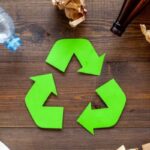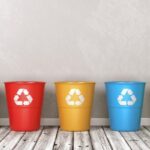We explain what garbage is, how it is classified and its treatment. Also, its environmental impact and what space debris is.
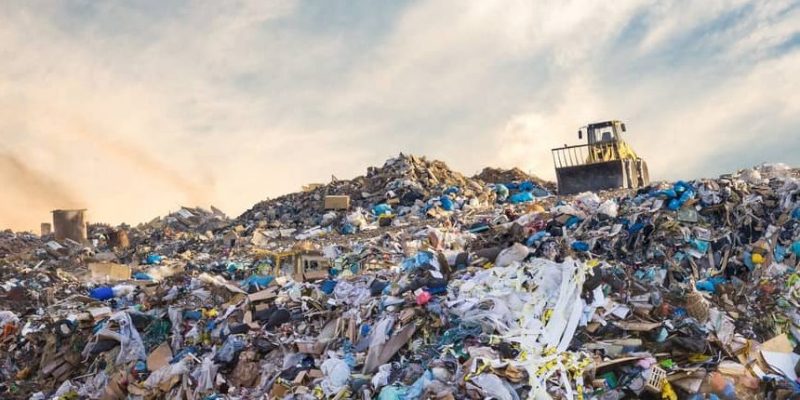
What is garbage?
With the word garbage (from Latin versurefrom the verb verrerthat is, “sweeping” or “cleaning”) we commonly call all unusable waste materials that is, unlike waste, they cannot be reused or recycled.
In general, these materials are a product of the different generation and consumption activities of human beings, and usually accumulate in different collection places (known as landfills, garbage dumps or sanitary landfills), as a way to prevent them from circulating in the environment. The latter, however, is an ineffective solution, and the accumulation of garbage is an environmental problem worthy of urgent attention.
Garbage normally contains materials of various types, some biodegradable and with less environmental impact, but also others permanent and capable of drastically altering the chemical and physical balance of ecosystems. In addition, garbage promotes the appearance of diseases in human beings.
Globally, an estimated 2.1 billion tons of waste are currently produced each year, enough to fill around 800,000 Olympic-size swimming pools, and only 16% of that amount is treated or recycled in some way.
See also: Causes of pollution
Garbage sorting
Garbage, as we said before, can consist of waste of different origin and different nature. According to this criterion, a classification can be attempted that distinguishes between:
- Organic waste. Those that were part of a living being at some point, and are therefore naturally biodegradable, upon coming into contact with oxygen and environmental forces. Examples of this are dry branches and leaves, fruit peels or food remains.
- Inorganic waste. Those that do not have their origin in a living being, but in different chemical or artificial processes of human industries. They do not usually degrade easily, and many take thousands of years to be reduced to small particles, and even then they continue to represent a risk to living beings. Examples of this are plastics, synthetic fabrics, glass and fragments of machinery.
- Mixed waste. That which combines ingredients of various types, organic and inorganic, combining, for example, food waste with plastic packaging. This type of garbage is the least manageable, since it requires a prior separation process to be able to allocate the organic remains to compost, and the inorganic remains to recycling or other treatments.
- Hazardous waste. That, whether or not of biological origin, contains substances capable of toxic chemical reactions or of spreading infections, and therefore represents a serious risk to human and animal health. These materials must be treated with special procedures, and examples of this are: used syringes, human fluids or organs, corrosive acids and bases, radioactive elements, etc.
- Recyclable waste. That which can return to the production circuit as raw material, and be used again to manufacture consumer items. These materials are the first that must be separated from the rest to be redirected to the recycling industry, such as paper, cardboard, glass, aluminum or wood.
The environmental problem of waste
The presence of garbage in the environment causes different forms of problems, since these are substances and compounds that are not normally part of the ecosystem, and that contribute to unbalancing the biochemical and physical processes that are inherent to it.
Thus, the pollution of the seas, soils and even the air (by solid microparticles that remain suspended) leads to the appearance of unsuspected and often unpredictable chemical reactions, the consequences of which can be:
- Combustible, corrosive or toxic reactions that consume organic matter or that make the environment incompatible with life.
- Inorganic particles (microplastics) that are ingested by living beings and, being indigestible, end up lodged in their tissues, even contaminating food What we human beings eat.
- Large quantities of small solid material they cloud the waters and the air entering the body of living beings when breathing and causing them diseases.
- Accumulations of non-biodegradable solid waste that impoverish the quality of ecosystems and that on many occasions they are ingested by animals that mistake them for food, causing their death and unbalancing the food chain.
- Biohazardous waste can trigger epidemics.
Garbage treatment
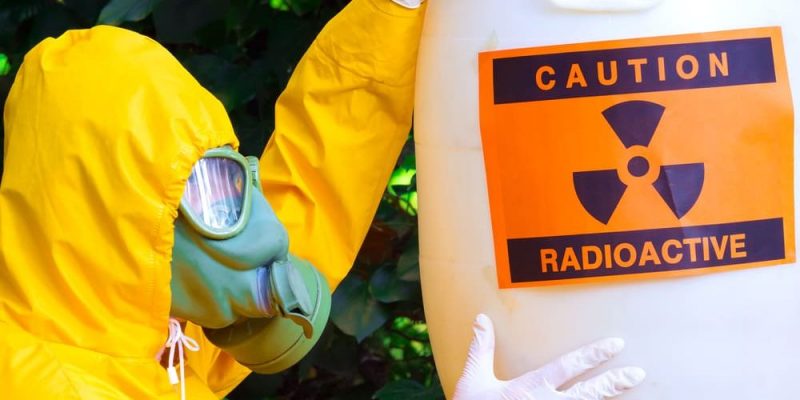
The response to the environmental problem of garbage involves, at all times, undertaking different treatment mechanisms, which allow recover usable waste and neutralize those that are potentially dangerous or whose presence triggers adverse chemical reactions.
Most of these treatments is based on the separation of waste: filtering and decanting wastewater, for example, allows large and small solids to be extracted, respectively, so that the water that returns to the environment is as clean as possible.
The same occurs with the separation of physical waste before and after reaching the landfill, in order to recover recyclable and reusable materials, significantly reducing the amount of garbage that will be given to the environment.
Other forms of treatment may be more specialized, such as the treatment of hazardous waste or radioactive materials, which require special packaging and are often destined for remote storage places, under controlled conditions, so that their components do not circulate freely in the ecosystem.
The problem with these dynamics is that it requires a good amount of resources and is minimally profitable, especially in the terms of a consumerist and irresponsible lifestyle. This is why many treatment initiatives are financed by foundations, NGOs and state actors.
space junk
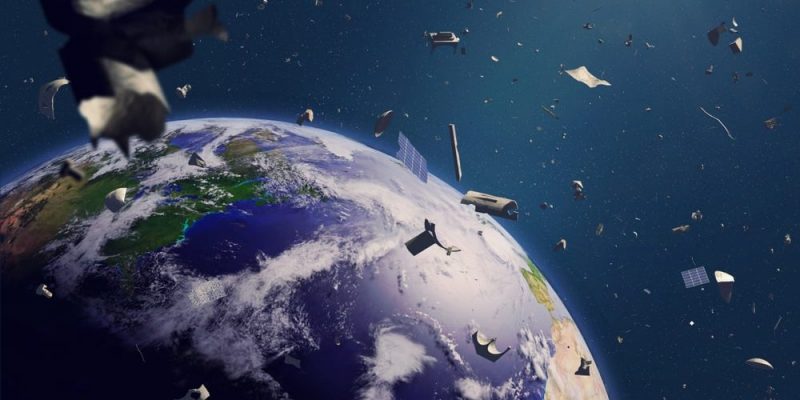
The interior of our planet is not the only place where human beings have left their trail of waste. Space travel that began since the middle of the 20th century has brought with it the construction of a veritable accumulation of space debris, which It is found in the outer layers of the Earth's atmosphere in perennial orbit like very small satellites, moving at a very high speed.
Screws, nuts, pieces of metal and other solid materials, thus, form a pile of sidereal debris, and represent a danger to space travel itself, since they can impact aircraft and astronauts, causing severe accidents that, in turn, leave more garbage in orbit.
The “Three Rs” rule
Known as the “3 R rule” or “the three Rs of ecology”, it is a methodology for treating waste materials that Its purpose is to reduce the amount of garbage that we throw into the environment. To do this, it proposes three principles of action, which are:
- Reduce. To the extent that we reduce the consumption of materials that generate waste, logically, there will be less garbage. This applies especially to single-use plastics, such as packaging, wrappers or disposable cutlery, which once used (or sometimes not even that) are thrown into the trash. But the proposal is not only to consume as little as possible of these materials that poison the environment, but also to reduce energy consumption, or what is the same, to consume energy responsibly, with a well-deserved criterion of scarcity, since producing it has a very high ecological cost that cannot always be measured in monetary units. Unbridled consumerism is, without a doubt, the most responsible for the pollution of the planet that exists, and it is the first habit that we must, collectively, abandon.
- Re-use. Also in order to reduce the amount of waste and waste, reuse is key to the extent that it allows us to take advantage of an object for a second useful life. That is to say, it is about making the most of the objects we consume, and not assuming that we can always buy a new one, since the old one will inevitably end up in the trash. This involves printing on both sides of the sheets of paper, filling bottles, etc.
- Recycle. Finally, the separation of waste to create the recycling industry is the third responsible consumer attitude. A bag with biodegradable and liquid waste is not the same, nor should it have the same destination, as another with reusable cardboard, glass, cans or paper, which serve as raw material for human industry itself. In this way, waste has a second (and sometimes even third) chance to serve us and not immediately end up in the environment. The same can be done with organic waste, in the form of compost or organic fertilizer for plants.
References
- “Trash” on Wikipedia.
- “Rule of the three Rs” on Wikipedia.
- “Space junk” on Wikipedia.
- “Etymology of Garbage” in Online Spanish Etymological Dictionary.
- “Garbage: environmental consequences and challenges” at the National University of Mar del Plata (Argentina).
- “The garbage” in Educational Corner.


